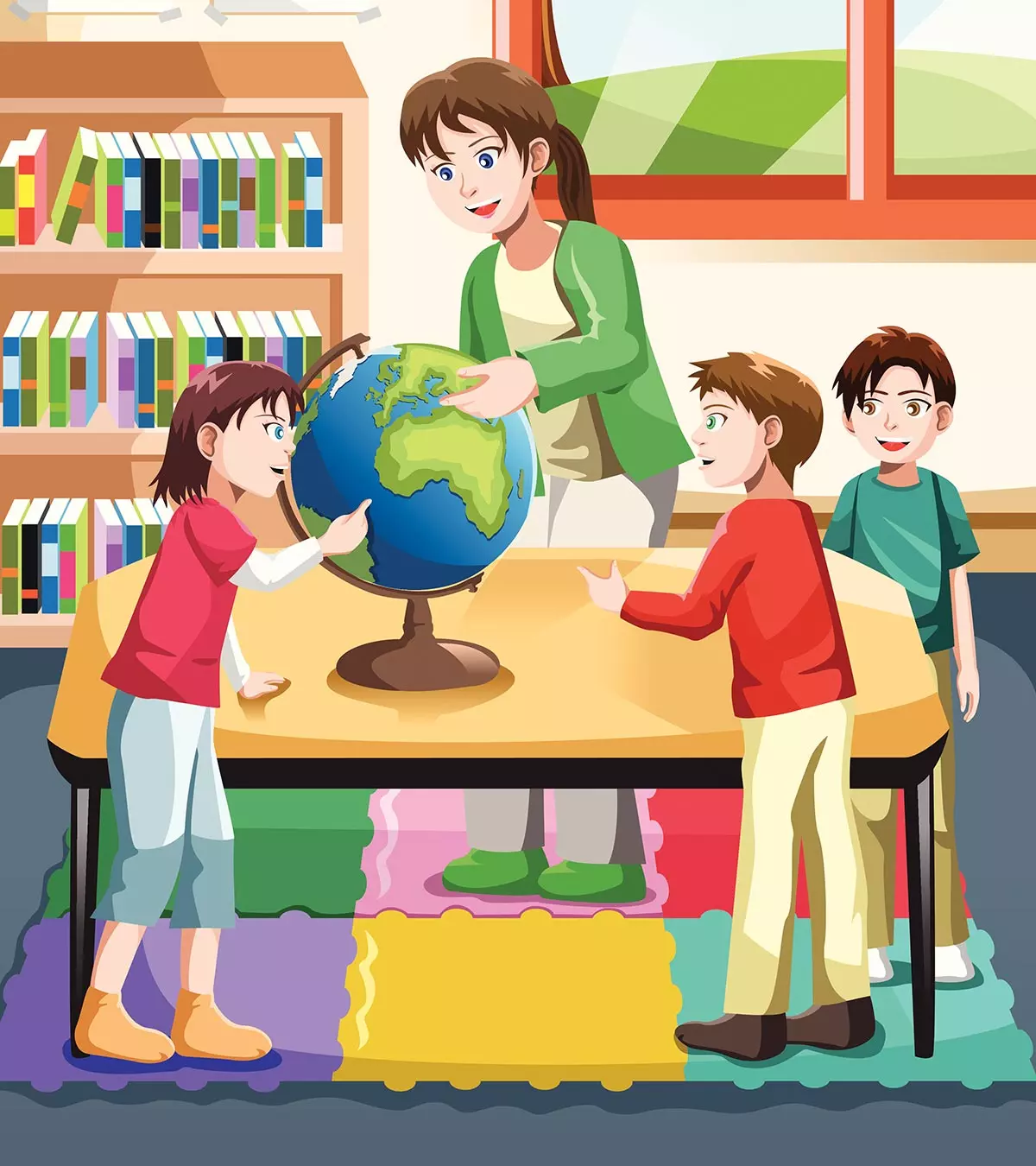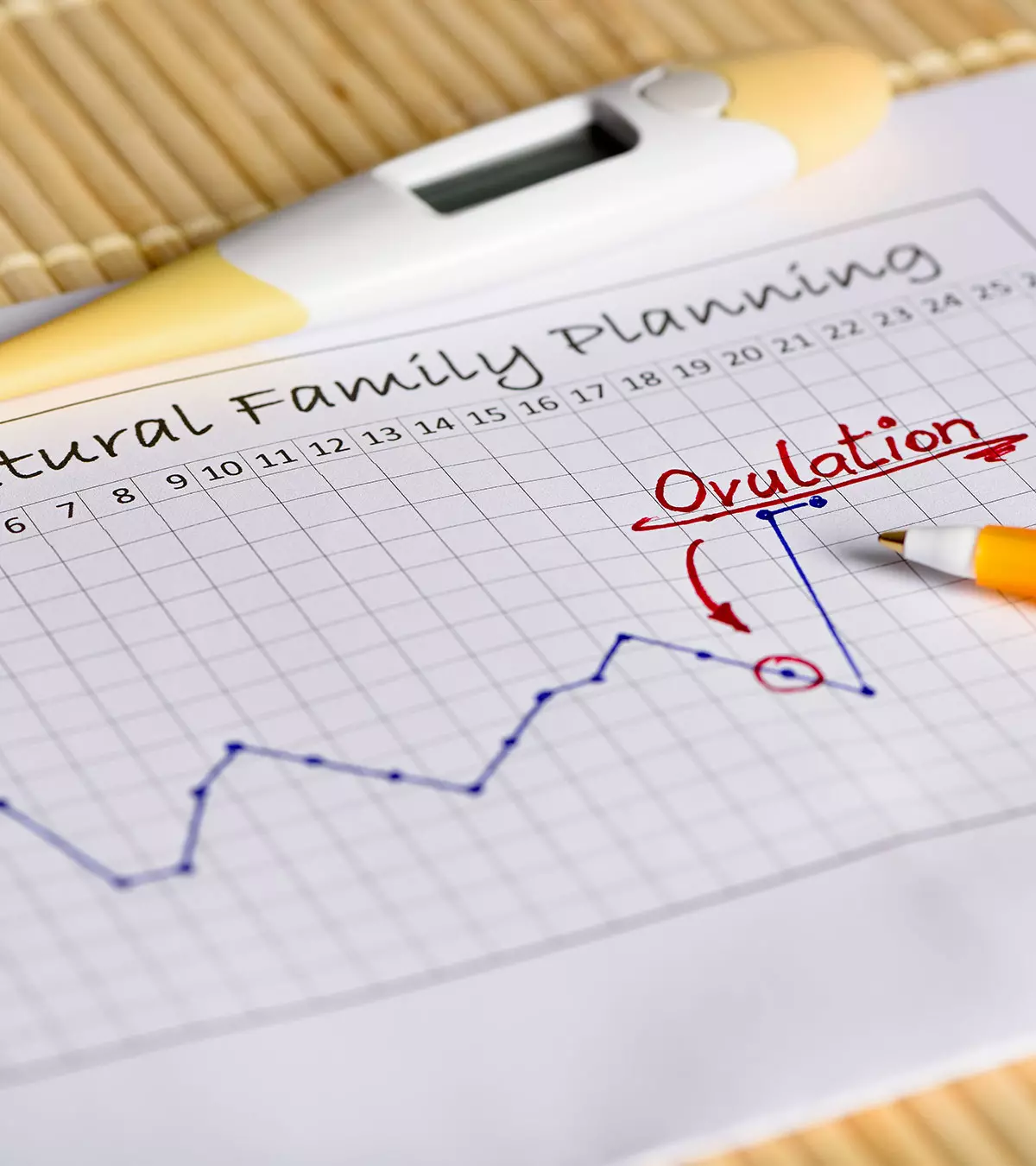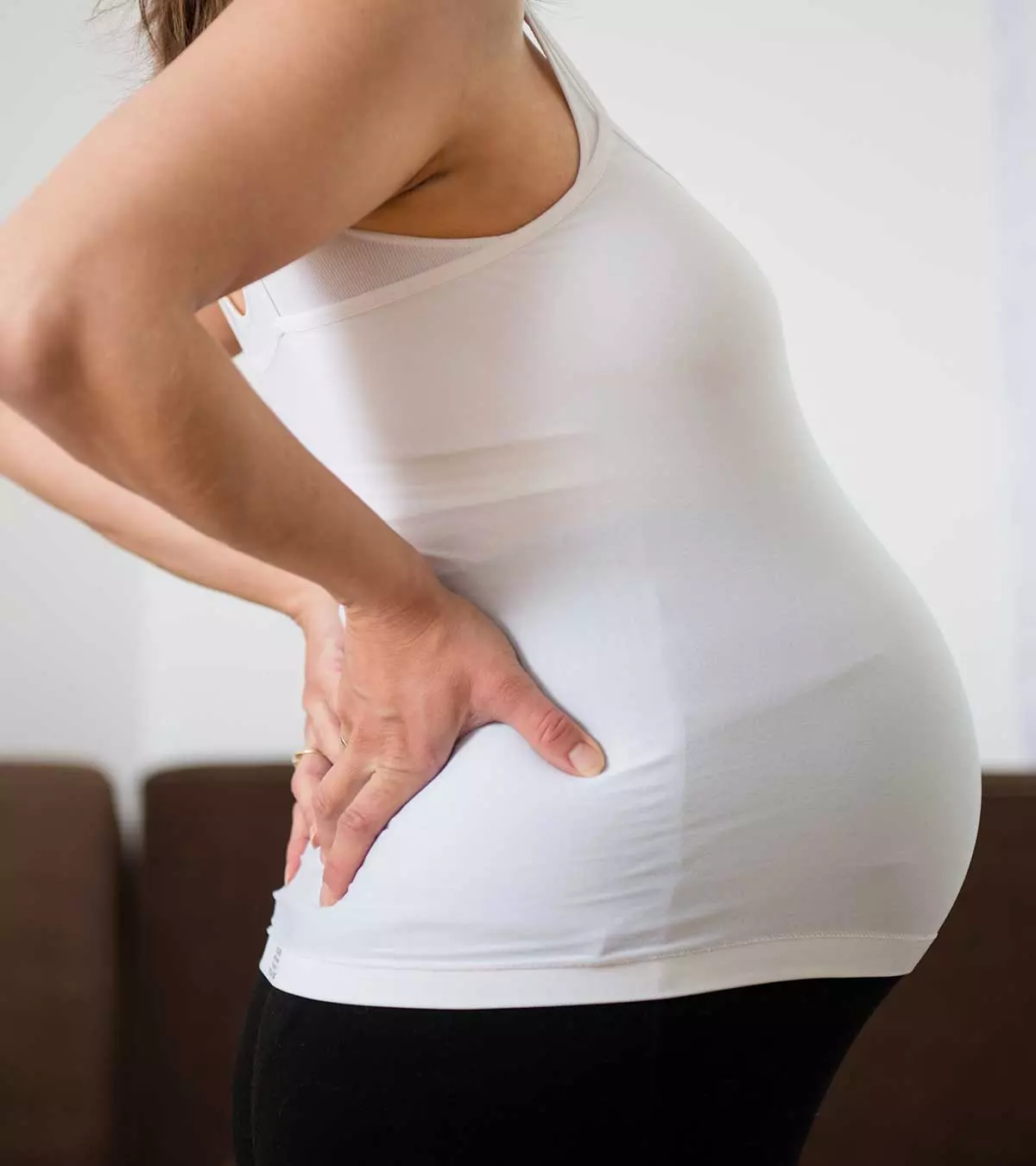

Image: Shutterstock
Medical cannabis or medical marijuana for children is used as a treatment option for certain ailments, as suggested by the child’s doctor. Cannabis is a derivative of the cannabis plant, which contains cannabinoids. These chemical compounds bind to the innate cannabinoid receptors of the brain, leading to the induction of some therapeutic reactions.
However, you may be curious to know the effects of these reactions in children and whether these effects outweigh the possible risk of complications. Read on to address your concerns and explore the medicinal aspects of marijuana, its recommended usage, and potential side effects in children.
Health Conditions Where Marijuana Is Used As Medicine
Medicinal marijuana contains over a hundred unique compounds called phytocannabinoids. The ones with the maximum significance are delta-9-tetrahydrocannabinol (THC) and cannabinoid (CBD) (1). Quite often, the compounds are extracted from the plant and provided to the child as an oral liquid or lozenges. THC and CBD may provide potential relief from some medical conditions. THC is the plant’s main psychoactive component, responsible for the feeling “high”.
The following are the two most common medical conditions among children that may involve the use of medicinal marijuana. However, these are not approved by the US FDA (2).
- Epilepsy: The cannabinoid CBD compound is likely to benefit a child with refractory epilepsy. CBD does not cause the “high,” which is produced by THC. There is some evidence, which suggests that children with severe and chronic epileptic seizures may benefit from a controlled dosage of CBD. Some researchers noted a 50% decline in seizure rate among children who were administered a dose of cannabis-derived CBD for the treatment of epilepsy (3). There are also a few CBD-based liquid medicines that may provide relief from epileptic seizures (2).
- Autism: A more recent research in CBD use for autism spectrum disorders (ASD) found it to be a “well-tolerated, safe, and effective option to relieve symptoms associated with ASD (4). It decreases irritability and anxiety. The study noted that 30% of pediatric patients showed significant improvement, while 50% displayed moderate improvement after six months of treatment. However, 25% of them had side effects, with the most common one being restlessness.
It improves spasticity, dystonia and sleep difficulties and might help to decrease symptoms in Tourette syndrome.
While there is more evidence on the efficacy of medicinal marijuana on children with epilepsy and autism, it has been in use for a few other medical conditions. However, the evidence is generic and not particular to children.
- Crohn’s disease: It is a type of chronic inflammatory bowel disease (IBD), which causes the digestive tract to stay inflamed (5). A research study found that THC-rich cannabis dosage can be an alternative to steroid-based medicines for individuals with Crohn’s disease (6) because of the inflammation suppression properties of marijuana.
- Multiple sclerosis: A controlled dosage of medicinal marijuana may reduce muscle stiffness in persons with multiple sclerosis, a type of autoimmune disease where the immune system destroys nerve cells (7). However, there are some adverse effects, including psychosis, cardiovascular diseases, and cannabinoid hyperemesis syndrome.
- HIV/ AIDS: There are only two FDA-approved medical marijuana drugs. Both dronabinol and nabilone contain THC and are prescribed to increase appetite in patients who have weight loss due to AIDS (2).
- Cancer: Medicinal cannabis may help improve appetite and reduce anxiety among those undergoing cancer treatment (8).
Medicinal marijuana exists, and a few studies have shown that it can be used in the treatments of some ailments. But it is controversial.
What Are The Concerns About Using Medicinal Marijuana?
The main concern about the use of medicinal marijuana is its degree of true efficacy. The following are the significant points against the use of medicinal marijuana in children:
- There is limited or inconclusive research on the use of medicinal marijuana for the treatment of various ailments in children and teenagers. Moreover, there are no standards yet on the ingredients, purity, strength, or safety of the drugs made from medical cannabis (9).
- Research studies that note the benefits of medicinal marijuana conclude with recommendations for additional research (10). The US National Institute of Drug Abuse states that more large-scale clinical trials are needed to prove the efficacy of medicinal marijuana.
- A study by the American Academy of Neurology did find the efficacy of cannabinoids in the treatment of neurological disorders. But it stated that more research is needed in understanding if medicinal marijuana can be designated the same status as conventional pharmaceuticals. The academy says (11), “Cannabinoids should be studied as other drugs are, to determine their efficacy, and when evidence is available, should be prescribed as other drugs are.”
- Most pediatricians do not prescribe medicinal marijuana except for patients voluntarily listed in clinical trials (12).
- Research through clinical trials on medicinal marijuana for children is limited due to ethical concerns.
Some states in the US have legalized the use of medicinal marijuana. However, most studies that have found medical marijuana’s efficacy in treatments have also shown that its use might have side effects.
Side Effects Of Medicinal Marijuana
The use of medicinal marijuana, even in prescribed doses, can cause the following side effects (13):
- Nausea, vomiting
- Sleepiness and in extreme cases lethargy and sedation
- Weakness that may lead to fatigue and malaise
- Faster heartbeat
- Anxiety
- Redness in eyes
- Dry mouth
- Disrupted sleep
- Decreased motivation
- Addiction
- Mild cognitive decline
- Schizophrenia
The use of medicinal marijuana can also increase the risk of addiction. Drug addiction can lead to several other social to medical problems.
Though there are some well-known medical benefits of medical marijuana, it is not a conventional medicine meant for treating ailments. Moreover, the US FDA advises avoiding marijuana for kids since there is a lack of research-based clinical evidence to prove its safety. Also, health professionals do not prescribe marijuana except for individuals who volunteer for clinical trial studies. Nevertheless, a healthcare provider is quite likely to suggest safer alternatives for managing a specific medical condition to prevent the risk of side effects caused by marijuana.
References
1. C.T. Campbell et al., Cannabinoids in pediatrics; National Center for Biotechnology Information
2. Marijuana as medicine; National Institute of Drug Abuse
3. Using medical marijuana to stop seizures in kids; Texas A & M University
4. Bar-Lev Schleider L et al., Real life experience of medical cannabis treatment in autism: Analysis of safety and efficacy; National Center for Biotechnology Information
5. Crohn’s disease; NHS UK
6. Naftali T et al., Cannabis induces a clinical response in patients with Crohn’s disease: A prospective placebo-controlled study; National Center for Biotechnology Information
7. Jessica Rice, Michelle Cameron; Cannabinoids for treatment of ms symptoms: State of the evidence; Springer Link (2018)
8. Cannabis and cannabinoids (PDQ®)–patient version; National Cancer Institute
9. Marijuana and teens; American Academy of Child and Adolescent Psychiatry
10. S.S. Wong and T.E. Wilens, Medical cannabinoids in children and adolescents: A systematic review; American Academy of Pediatrics
11. B.S. Koppel, Systematic review: Efficacy and safety of medical marijuana in selected neurologic disorders; American Academy of Neurology
12. Medical marijuana and epilepsy; Children’s Hospital Colorado
13. Medical marijuana; C.S. Mott Children’s Hospital
Community Experiences
Join the conversation and become a part of our nurturing community! Share your stories, experiences, and insights to connect with fellow parents.
Read full bio of Dr. Elna Gibson
Read full bio of shreeja pillai














